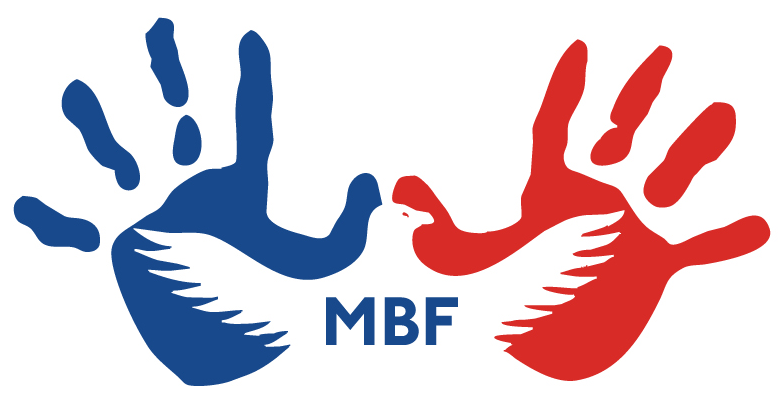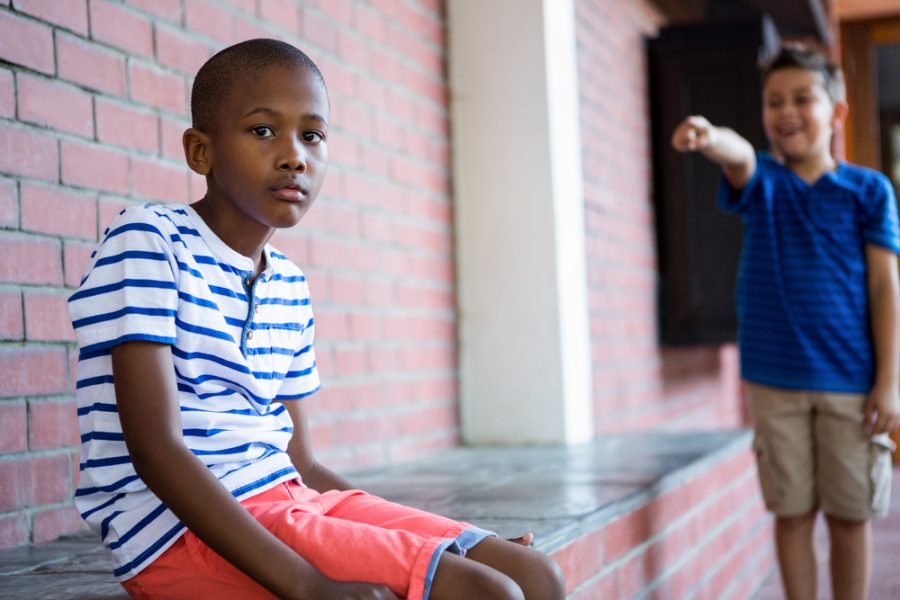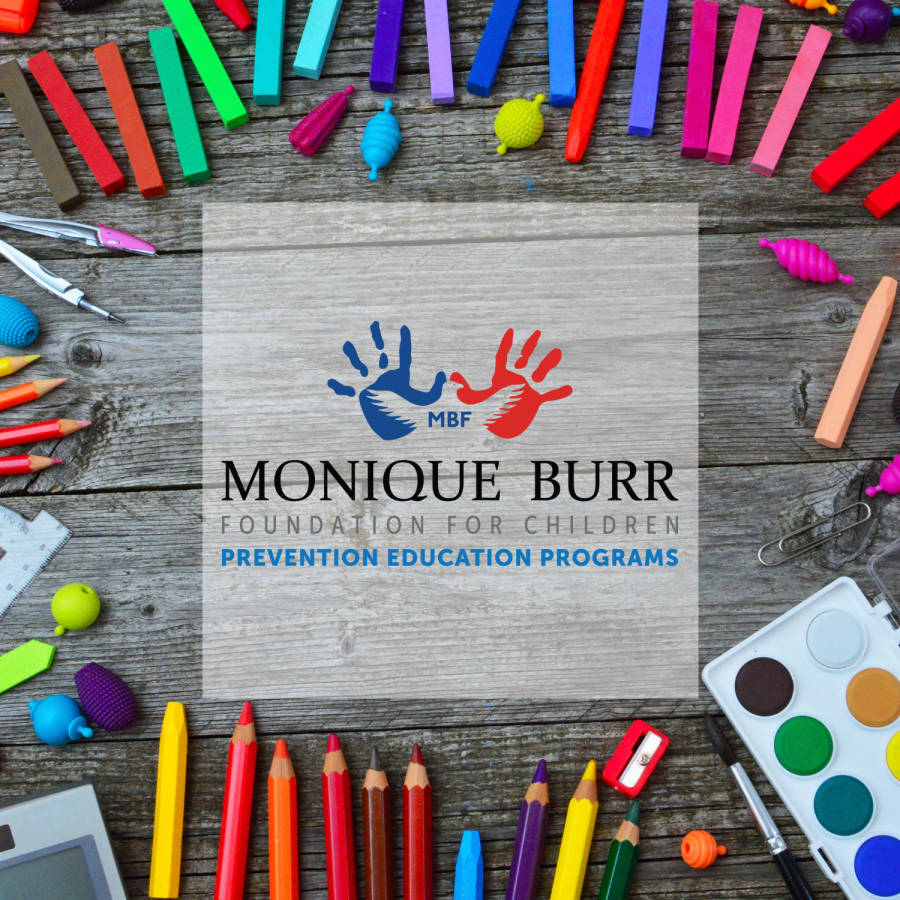Identifying, Intervening, Surviving, and Preventing Bullying Series:
Part 4
Parents may have a hard time understanding that children don’t often want them, or any other adult, to know they are being bullied or cyberbullied. There are several reasons why children and teens are reluctant to report. Understanding those reasons can help adults become more aware of indicators they need to look for to determine if a child is in fact being bullied or cyberbullied.
Children fail to report bullying for many reasons:
- They may fear based on past behavior no one is available to them or will listen to them, or they fear no one will intervene and the bullying will only escalate.
- They may fear looking like a tattletale or snitch and expect an increase in the bullying due to revenge or retaliation.
- They may fear looking weak to their parents and peers or they may be ashamed and feel like they somehow deserved the abusive behavior.
- Sometimes children aren’t aware the behavior inflicted upon them is actually bullying. This is particularly true of social and relational type of bullying behaviors.
If a child is being cyberbullied, there are additional reasons they may be reluctant to report the behavior:
- They may be afraid the consequence of reporting will involve them losing privileges such as their phone, computer or social networking accounts.
- Sometimes the victim is bullied after posting or sending something they believe they should not have posted or sent, and feel they are to blame; thus, they don’t want their parents to know and don’t report the bullying.
Because children are often reluctant to report bullying, parents, as well as school employees, need to be alert to signs that a child is being bullied and/or cyberbullied. These are some of the most common signs.

Signs a child may be the victim of bullying:
- Unexplained injuries upon return from school
- Frequent and unexplained lost items
- Frequent hunger upon return from school
- Request to alter school path or transportation method
- Frequent complaints of illness/not wanting to go to school
- Change/decline in grades
- Low self-esteem, depression, suicidal talk or behavior
- Loss of long-time friends or change in friends
- Change in social habits/social isolation
- Change in personality
- Deviation from normal behavior
- Eating or sleeping disturbances
- Avoidance of family members or environments/situations once enjoyed
- Avoidance of questions related to their behaviors, actions, feelings, or school activities
Signs a child may be the victim of cyberbullying:
- Any of the above indicators
- Frequent computer or cell phone use
- Depressed or agitated behavior after being online or on their cell phone
- New contacts on phone or social networking sites on computer
- Increased amounts of text messages received
- Change in online behavior (up late online, secretive, makes new friends)
- Shuts off computer/cell phone when a parent or caregiver approaches
Staying alert to these signs will enable adults to see red flags in a child’s behavior even if the child doesn’t report being bullied or being associated with bullying. Research shows that 93% of children want adults to get involved and stop bullying. It is an adult’s responsibility to keep children safe and we must intervene, whether children act like they want us to or not. Bullying intervention is important. Continue your education on bullying and bullying prevention by learning how to intervene and prevent bullying in the future: Bullying Series | Part 6 – Adult Intervention
Learning about bullying and signs/indicators is the first step to helping our children: Cyberbullying and Digital Safety.
Additional Resources on Bullying:
How is Bullying Different in Younger vs. Older Grades
Cyberbullying – When Peers are Predators
Why Children Become Bullies and Why They Target Certain Kids
Effective Bullying intervention by Adults
Bully Bystander: How and Why Other Students Should Intervene




